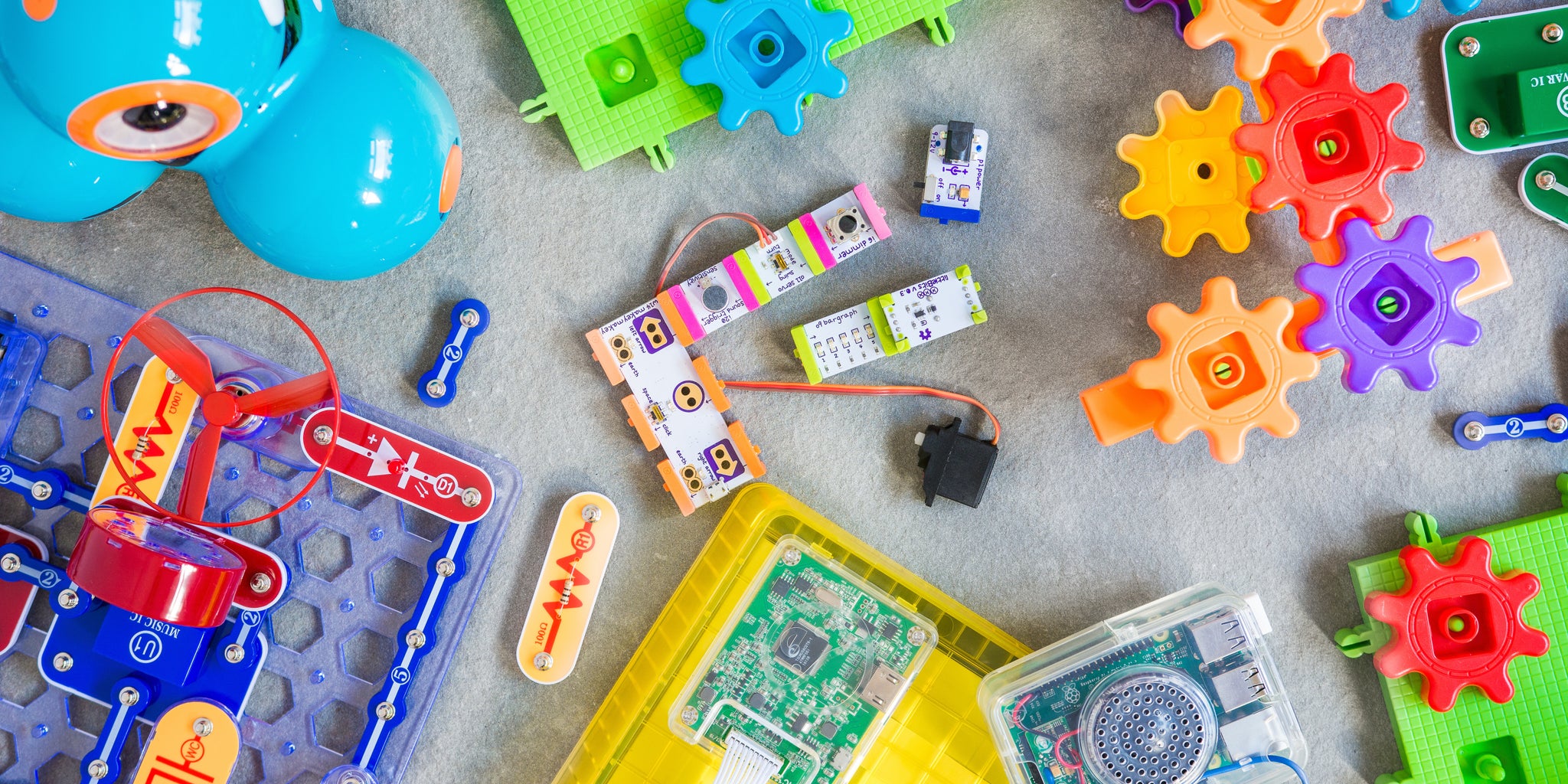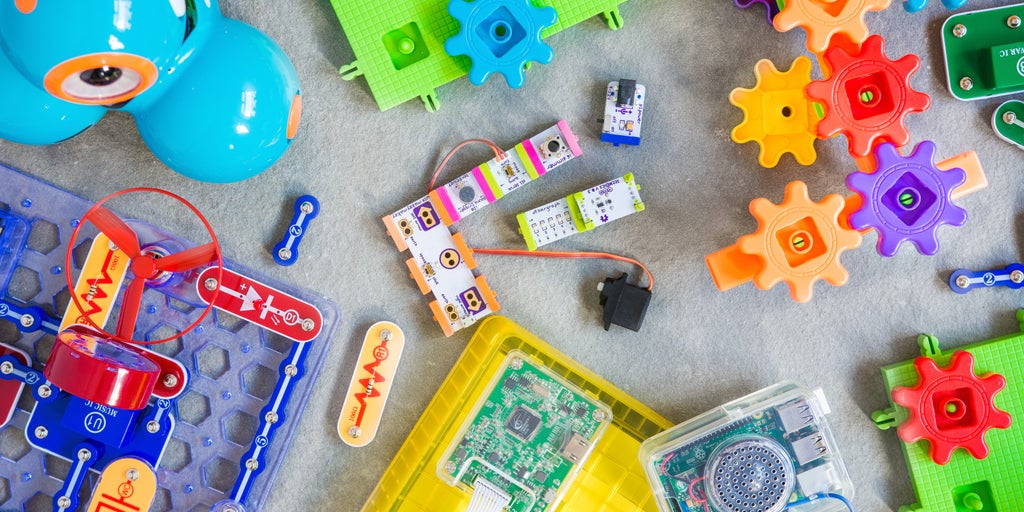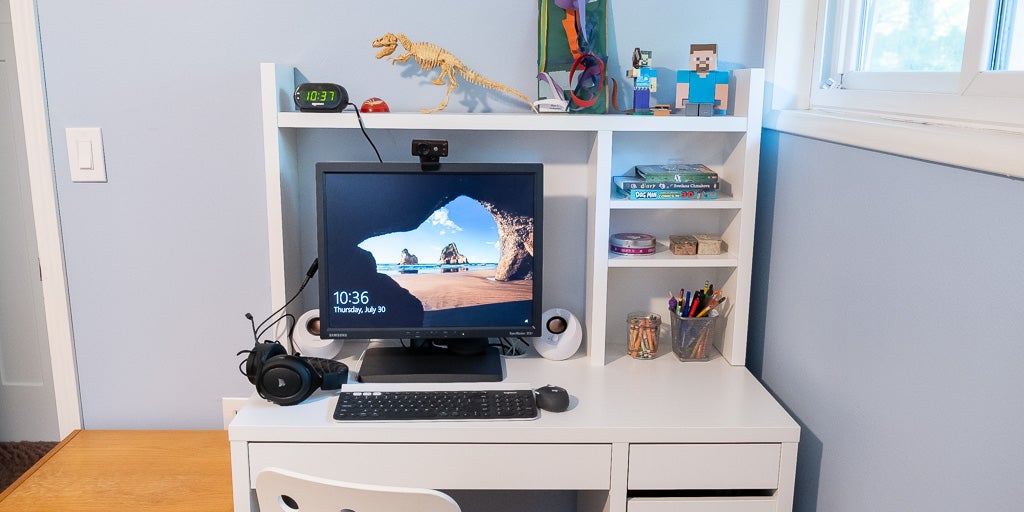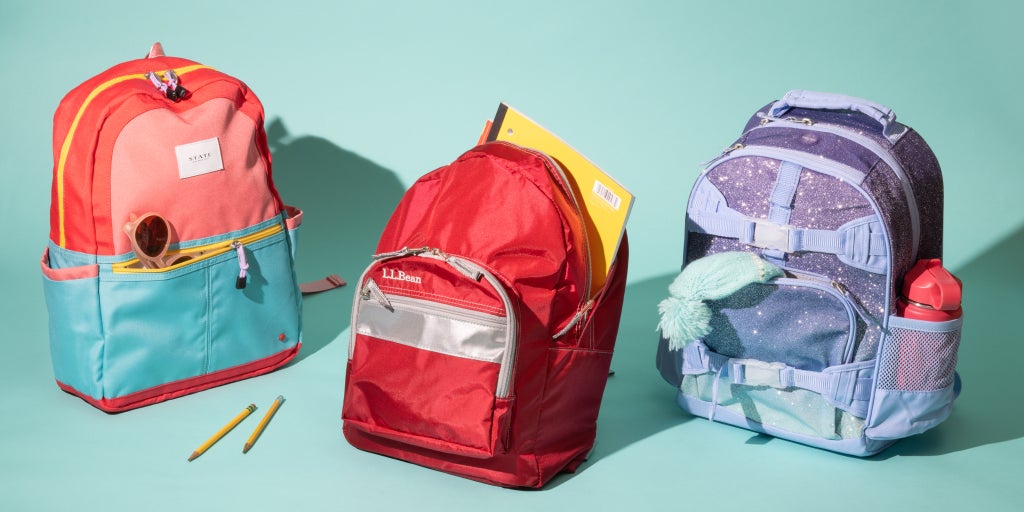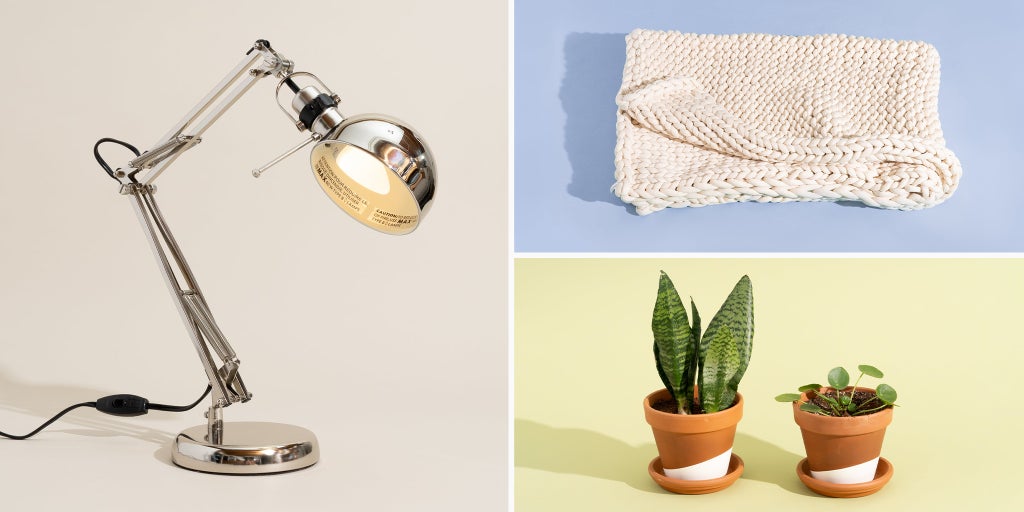We don’t think there’s a right or wrong way for kids to play. For this kid-oriented gift overview, we concentrated on discovering toys– open-ended video games, sets, playthings and crafts that promote long-lasting skills like essential thinking, problem addressing, reasoning, and also coding. To pick from the numerous playthings readily available, we invested more than 30 hours attempting 35 referrals from professionals, instructors, and parents, including a reporting trip to the Katherine Delmar Burke School’s tinkering and innovation lab in San Francisco, The Golden State.
And, obviously, we spent some time playing with our choices at home with our own children. Right here are the learning toys we enjoy. We think the youngsters in your life will certainly enjoy them too.
What are finding out playthings?
The kinds of toys included in this guide are often called STEM toys since they can aid create skills that would certainly serve in science, innovation, engineering, and mathematics. But we choose the term “finding out playthings,” since, as the instructors we spoke with told us, these toys and games promote imagination, logic, problem resolving, partnership, experimentation and other aptitudes that matter in all sorts of understanding.
We really did not concentrate specifically on playthings that are labeled “instructional playthings” for this guide, because that terminology by itself is mostly useless. (Several business make cases regarding the instructional value of their playthings that are frequently backed by little proof, according to Kathy Hirsh-Pasek, a psycho therapist focusing on kid growth and learning quoted in a New Yorker write-up concerning STEM toys.) Instead, we turned to instructors and moms and dads for leads to playthings that have played well in the class and in the house.
Actually, some research in kid growth has actually shown that children have much more fun with playthings that aid them learn. In a New York Times visitor essay, developing psychologist Alison Gopnik described exactly how children learn through play: “New research studies of ‘energetic understanding’ show that when children play with toys they are acting a whole lot like scientists doing experiments. Preschoolers like to have fun with the playthings that will certainly educate them the most, and they play with those playthings in just the way that will certainly provide one of the most details concerning just how the globe works.”
Just how we chose and tested
To determine toys and games for this guide, we checked out Katherine Delmar Burke College, an all-girls K-8 institution in San Francisco. A few years back, Burke’s constructed a huge learning laboratory, dubbed it “the Makery,” and filled it with toys, games, computers, electronic devices, devices, developing materials, and craft supplies. Pupils from kindergarten to middle school most likely to the lab to style, model, experiment, and develop any number of jobs (from robots and software program to furnishings and apparel) in addition to play logic video games and technique coding abilities. (Full disclosure: I found out about this lab due to the fact that my sibling shows there.).
We spoke to Mike Matthews, after that the supervisor of curriculum and program development at Burke’s, and Jenny Howland, after that the kindergarten-through-4th-grade technology educator, to figure out what they believe makes an excellent discovering plaything and which ones would be great options for children to play with in your home. We tried out a variety of games, toys, and kits in their laboratory ourselves and found out which ones have been most successful– and enjoyable– for the trainees.
We additionally talked to Wirecutter team with kids in their lives to figure out their favored learning playthings, paying certain interest to referrals we received from several sources. While we really did not do complete comparative screening to see how each toy determined up versus its competitors (like we would certainly for, state, drills), we have actually invested hours of hands-on time using everything in this overview either in Burke’s learning laboratory, by moms and dads on our staff, or both.
Our research study, specialist meetings, and hands-on experience led us to determine several criteria that make a terrific knowing plaything:.
Open-ended: Whether a basic collection of foundation or a codable robotic, the toys we recommend here can be played with, disassembled, reassembled, and engaged with in a selection of methods. A lot of the games have no solitary service and call for the players to team up. These high qualities stimulate youngsters toward imagination, expedition, and a much deeper understanding of guidelines, patterns, reasoning, and exactly how things function.
Accessible: We concentrated on toys that won’t require extensive adult help or guidance (though we think grownups will certainly discover a lot of these playthings equally as fun as youngsters do). The playthings we recommend don’t force kids to comply with a certain set of instructions, yet instead urge play via experimentation, expedition, and trial and error. “It’s really important to allow kids take points apart,” Howland informed us.
Replayable: A lot of the toys and games on our list can be enjoyed by a large range old, either because they offer various modes or trouble levels, or because they allow progressively complicated interactions as the player builds abilities. This suggests children of several ages can play together which a plaything can grow with a child.
Fun: The 4th standards, much less easy to quantify but undoubtedly one of the most essential, is the “fun aspect.” All the toys we picked have been vetted by kids– either enjoyed on a regular basis in classrooms and the Makery lab at Burke’s, by our own staffers’ youngsters, or both.
We divided our suggestions into four categories: video games, building toys, electronics/circuitry sets, and robotics.

